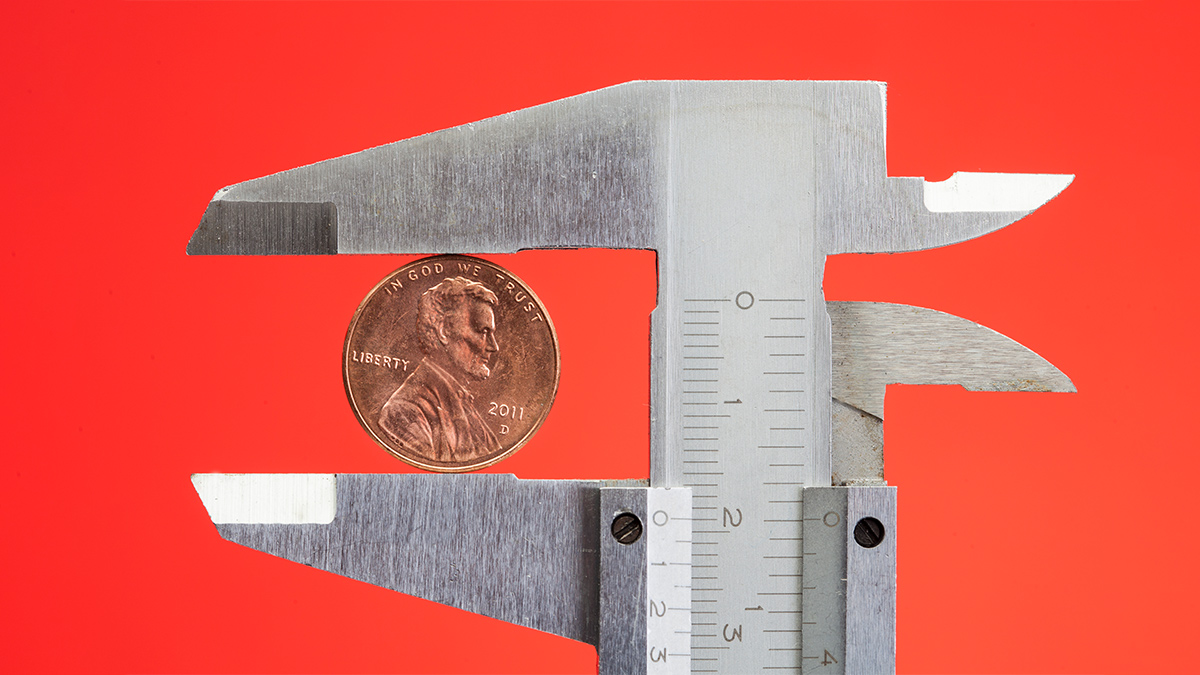From Dusty to Legendary: The New Balance Brand Transformation
Companies
2025-03-30 12:07:05Content

In the ever-evolving landscape of business, Wall Street Week delves into the critical art of corporate reinvention. This week's spotlight focuses on how companies navigate the challenging waters of leadership transitions, technological disruption, and fierce market competition.
New Balance, a $7 billion athletic footwear giant, offers a compelling case study of successful transformation. Under the leadership of CEO Joe Preston, the company has dramatically reshaped its brand image, moving far beyond its previous reputation as the maker of "dad shoes" to become a sought-after label with significant celebrity appeal.
Preston's strategic vision has propelled New Balance from a niche athletic wear manufacturer to a trendsetting brand that attracts high-profile endorsements and captures the imagination of younger, style-conscious consumers. By embracing innovation and understanding market dynamics, the company has demonstrated how traditional brands can successfully reinvent themselves in a rapidly changing business environment.
The New Balance story serves as an inspiring example of corporate adaptability, showing that with the right leadership and strategic approach, companies can overcome stereotypes and redefine their market position.
From Dad Shoes to Runway: The Remarkable Transformation of New Balance
In the dynamic world of athletic footwear and fashion, few brands have managed to reinvent themselves as dramatically as New Balance. The company's journey from a niche manufacturer of comfortable walking shoes to a global fashion phenomenon represents a masterclass in strategic brand evolution and adaptive leadership.Revolutionizing Brand Identity: When Comfort Meets Cool
The Strategic Reinvention of Corporate Identity
New Balance's metamorphosis is far more than a simple marketing strategy—it's a comprehensive reimagining of brand perception. Under the leadership of CEO Joe Preston, the company has systematically dismantled its reputation as a manufacturer of exclusively functional, uninspired footwear. By strategically targeting younger demographics and embracing contemporary design aesthetics, New Balance has transformed from a utilitarian shoe brand to a cultural icon. The company's approach went beyond mere cosmetic changes. They conducted extensive market research, understanding that modern consumers seek more than just comfort—they demand style, authenticity, and cultural relevance. This nuanced understanding allowed New Balance to develop product lines that seamlessly blend performance technology with cutting-edge design.Celebrity Endorsements and Cultural Positioning
The brand's pivot towards cultural relevance was particularly evident in its celebrity engagement strategy. By securing endorsements from influential athletes, musicians, and fashion influencers, New Balance successfully repositioned itself from a "dad shoe" manufacturer to a trendsetting lifestyle brand. These strategic partnerships were not merely transactional but represented a genuine alignment with emerging cultural movements. Collaborations with artists and designers who represented diverse aesthetic sensibilities helped New Balance transcend traditional athletic wear boundaries, appealing to fashion-forward consumers across multiple demographics.Technological Innovation as a Competitive Advantage
Technological innovation played a crucial role in New Balance's transformation. The company invested heavily in research and development, creating proprietary cushioning technologies and sustainable manufacturing processes that distinguished them from competitors. Their commitment to technological advancement wasn't just about creating superior products—it was about telling a compelling narrative of innovation. Each technological breakthrough became a storytelling opportunity, allowing the brand to communicate its values of performance, quality, and forward-thinking design.Financial Growth and Market Expansion
The strategic reinvention yielded remarkable financial results. From a modest $7 billion company known primarily for functional footwear, New Balance has expanded its market presence dramatically. Their revenue growth reflects not just product improvements but a holistic approach to brand management. By diversifying their product lines and targeting multiple market segments—from professional athletes to urban fashion enthusiasts—New Balance created multiple revenue streams. This approach mitigated risk and allowed for more aggressive market penetration strategies.Sustainability and Ethical Manufacturing
In an era of increasing environmental consciousness, New Balance distinguished itself through a commitment to sustainable manufacturing. By implementing eco-friendly production processes and transparent supply chain practices, they appealed to a growing segment of environmentally aware consumers. Their sustainability initiatives were not mere marketing tactics but genuine commitments to reducing environmental impact. This approach resonated with younger consumers who increasingly make purchasing decisions based on a brand's ethical stance.The Future of Brand Transformation
New Balance's journey offers profound insights into modern brand management. Their success demonstrates that successful reinvention requires more than cosmetic changes—it demands a holistic understanding of cultural dynamics, consumer psychology, and technological trends. As industries continue to evolve rapidly, New Balance's strategy provides a blueprint for companies seeking to remain relevant in an increasingly competitive global marketplace. Their transformation is a testament to the power of strategic vision, adaptability, and a deep understanding of emerging consumer preferences.RELATED NEWS
Companies

Toll Dodging Crackdown: California Legislator Targets Companies Enabling Highway Scofflaws
2025-04-20 00:26:18
Companies

Western Business Exodus: Zero Companies Seek Russian Market Return, Official Reveals
2025-03-21 05:14:30
Companies

Rocket Rise: AdButler Blazes onto Financial Times' Elite Fastest-Growing Companies List
2025-04-02 18:24:00





